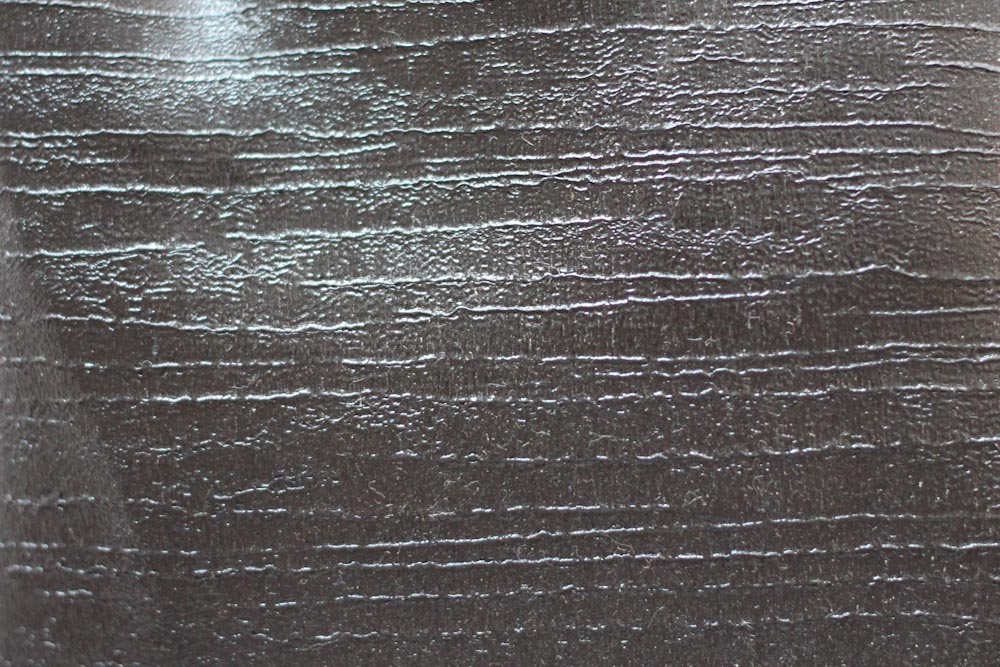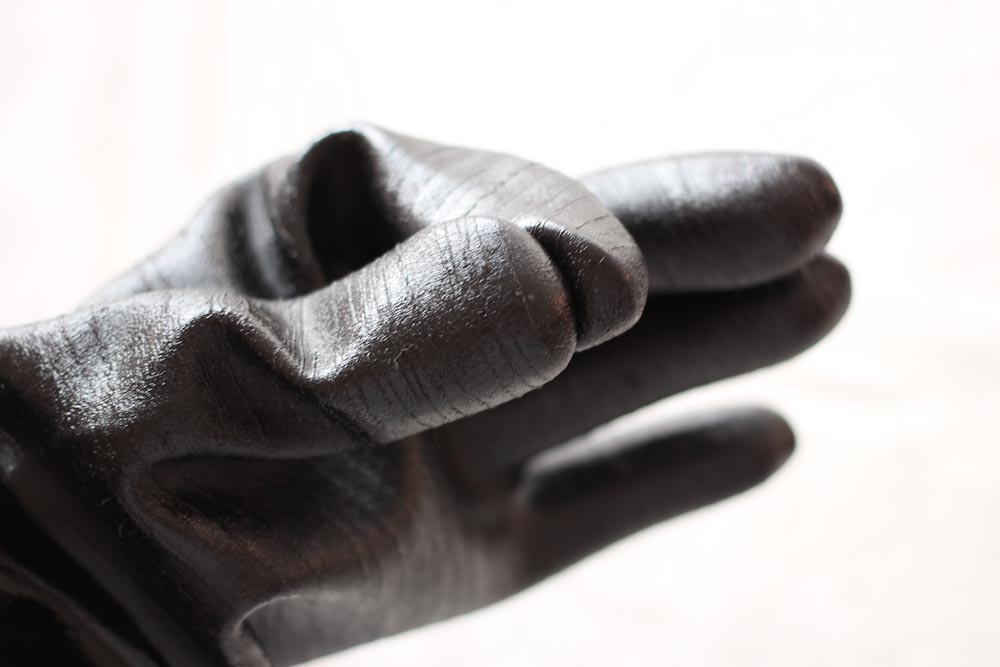I don't normally do test runs of things I make. I just like to dive into something and hope for the best. More than likely, it comes out just fine. And if not, then that becomes the test piece. It's a win-win.
My newest obsession is shibori, which for those of you who might not know is the Japanese art of resist fabric dying. In the states, tie-dyeing t-shirts is the closest thing we know, taken from one type of shibori (kanoko). Other methods of shibori include: pole wrapped (arashi), pleated (suji), clamped (itajime), and stitched (nui). I could go on and on about this stuff, but today I'll only bore you with the stitched method.
In basic terms, stitched shibori is where you take a needle and thread to some fabric, make a loose running stitch then pull the thread tightly resulting in scrunched, bunched fabric. The folds created, if done properly, will be tight enough to resist the dye bath resulting in a pattern.
Recently I discovered a book at the library called Woven Shibori which takes this theory and it applies it to the loom. But instead of hand stitching in the thread, I weave it into the cloth. How genius is that?! I'm so fascinated by this that it's taken over my weaving project thoughts. And since I've never done this (not even hand stitched fabric shibori), I have no idea what it's going to do to the fabric. Which is why I decided to do some actual test pieces.
I used some variegated cotton thread that I've had sitting on the shelf for years. I have no clue as to why I bought it. I really hate variegated yarn because it never gives you the result you think you'll get. I figured it would be good practice yarn. I think I was right since the resulting fabric is so ugly.
I decided to go even further with the test piece and even added some wool threads. The plan is to dip the end into boiling water; the hot water should shrink the wool but not the cotton and it should naturally pucker. We'll see how that goes.
So this is what the test piece looked like B.D. (before dyeing):
This is what it looked like A.D. (After Dyeing):
Why was I so shocked that it didn't take up much dye? Because of all the pre-dyed fibers I've dealt with, usually can be over-dyed. But then I realized that all the fiber I've over-dyed has been protein based. Darn you animal fibers! You take dye so well! You strike again!
Time to take out the stitches and see what I get!
 I put salt over some of the purple dye to see if it would help it to spread. Instead (and I'm hoping you can see this in the picture) it helped set the color of the purple dye. The areas on the left and bottom (the deeper plum color) had salt on them, and the area on the top right (lighter lavender) did not. Interesting.... more on this salt thing later.
I put salt over some of the purple dye to see if it would help it to spread. Instead (and I'm hoping you can see this in the picture) it helped set the color of the purple dye. The areas on the left and bottom (the deeper plum color) had salt on them, and the area on the top right (lighter lavender) did not. Interesting.... more on this salt thing later. It's hard meeting people in New York, let alone making any sort of connection to them. Over the summer, for some odd reason, I was making a lot of online purchases for the apartment, business and myself. Our UPS guy was coming to the door at least 2 times a week. (I know, it seems ridiculous, apparently I was a good consumer this summer.) He is not one for chitchat, mostly because he has so many damn deliveries and he needs to be quick. But I would do my best to be nice and ask how his day is going as I signed my name. I don't know when it happened exactly, but he started calling me by my first name. And now, whenever I see him, whether it's at my door or outside while he unloads his truck, I make sure to wave and say hi. It's the little things, you know?
It's hard meeting people in New York, let alone making any sort of connection to them. Over the summer, for some odd reason, I was making a lot of online purchases for the apartment, business and myself. Our UPS guy was coming to the door at least 2 times a week. (I know, it seems ridiculous, apparently I was a good consumer this summer.) He is not one for chitchat, mostly because he has so many damn deliveries and he needs to be quick. But I would do my best to be nice and ask how his day is going as I signed my name. I don't know when it happened exactly, but he started calling me by my first name. And now, whenever I see him, whether it's at my door or outside while he unloads his truck, I make sure to wave and say hi. It's the little things, you know?
































